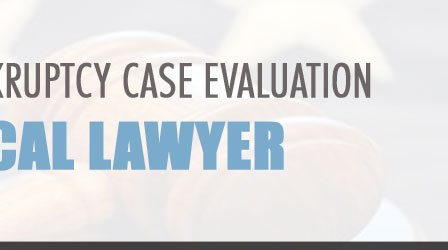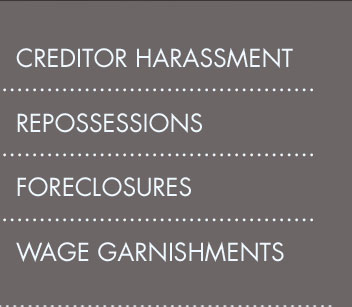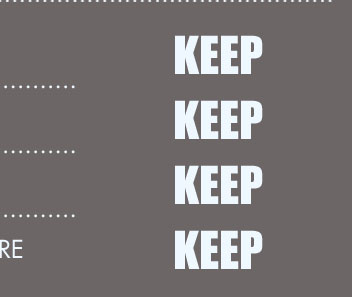 |
 |
 |
|---|
 |
 |
 |
|---|---|---|
 |
 |
 |
 |
 |
 |
|---|---|---|
 |
 |
 |
 |
How to Look Up Bankruptcy Filings: A Comprehensive Guide
Understanding how to look up bankruptcy filings can be crucial for individuals and businesses alike. Whether you're considering filing for bankruptcy or just want to research the financial status of a company, knowing where and how to find this information is essential.
Why Look Up Bankruptcy Filings?
Bankruptcy filings can provide valuable insights into a person's or business's financial situation. They can help creditors understand the likelihood of debt recovery, assist investors in making informed decisions, and aid individuals in assessing the financial health of potential partners.
- Transparency: Accessing these records allows for greater transparency in financial dealings.
- Due Diligence: It's an essential step in conducting due diligence for business transactions.
- Legal Insights: Understanding the legal proceedings and outcomes of bankruptcy cases.
How to Access Bankruptcy Filings
Online Resources
Several online resources provide access to bankruptcy filings. Websites like PACER (Public Access to Court Electronic Records) offer a comprehensive database where you can search for federal bankruptcy filings. However, there may be fees associated with accessing detailed information.
Visiting Courthouses
If you prefer a more hands-on approach, visiting local courthouses can also provide access to bankruptcy records. Most courthouses have public access terminals where you can search for and view bankruptcy filings without any charges.
Legal Assistance
For a more guided approach, consider consulting with a Seattle bankruptcy lawyer. Legal professionals have the expertise to navigate through bankruptcy records efficiently and can provide tailored advice based on your specific needs.
Understanding Bankruptcy Records
Bankruptcy records can contain a wealth of information. Here's what you can typically find:
- Debtor Information: Details about the individual or business filing for bankruptcy.
- Case Number: Unique identifier for the bankruptcy case.
- Filing Date: The date when the bankruptcy petition was filed.
- Type of Bankruptcy: Chapter 7, 11, 13, etc., indicating the nature of the filing.
- Creditor List: Information about the creditors involved in the case.
Frequently Asked Questions
Can anyone access bankruptcy filings?
Yes, bankruptcy filings are public records and can be accessed by anyone interested in viewing them.
Are there any costs involved in accessing bankruptcy records?
Accessing records online through services like PACER may involve a fee, but visiting courthouses to view records is typically free of charge.
What information is needed to search for a bankruptcy filing?
Typically, you will need the debtor's name, case number, or the filing date to search effectively.
Conclusion
Understanding how to look up bankruptcy filings empowers you with crucial financial insights. Whether you're an investor, a creditor, or someone seeking legal guidance, knowing where to find and how to interpret these records is invaluable. If you're seeking professional advice, consider consulting a bankruptcy attorney in Albuquerque for more tailored guidance.
Alabama Bankruptcy records contain information about bankruptcy filings by individuals, couples, groups, and organizations in the state.
As the process of obtaining bankruptcy records may sometimes be complex, third-party sites like VirginiaCourtRecords.us may help simplify the process.
Bankruptcy records are available at the courthouse where the case was filed and online in the state. Records that are considered public may be accessible from ...
![]()